Flock Party Mealworm Poultry Treats, 5 lb.
Give your flock the taste they crave with the Flock Party Mealworm Poultry Treats! Sold exclusively at TSC, the mealworm poultry treats are perfect for flocks who have limited access to finding their own insect snacks. These poultry treats are high in nutritious protein and fat for a healthy snack.
Give your flock the taste they crave with the Flock Party Mealworm Poultry Treats! Sold exclusively at TSC, the mealworm poultry treats are perfect for flocks who have limited access to finding their own insect snacks. These poultry treats are high in nutritious protein and fat for a healthy snack.
- Includes 100% dried mealworms
- Wholesome and delicious poultry treat
- Nutritional treat or reward for growing and adult poultry and fowl
- Poultry treats sold exclusively at TSC
- Perfect for flocks who have limited access to finding their own insect snacks
- Comes in a 5 lb. package
100% Satisfaction Guaranteed
Ingredients
Dried Mealworms
Guaranteed Analysis
| Nutrient | Analysis |
|---|---|
| Crude Protein | 50.00% |
| Crude Fat | 20.00% |
| Crude fiber | 10.00% |
| Moisture | 12.00% |
Feeding Guide
Manna Pro Flock Party Mealworms are designed to provide a nutritional treat or reward for growing and adult poultry and fowl. Feed 1/2 to 2 tablespoons of Flock Party Mealworms per bird daily depending on their size. When feeding coarse grains, always provide a source of natural stones or free choice access to Manna Pro Grit with ProBiotics.
- Reminder: Feed is perishable. Store this product in a cool, dry area away from rodents and insects.
- Warning: DO NOT offer any feed that is spoiled, moldy, rodent or insect infested, or abnormal in appearance or odor, as it may cause illness or death.
Additional information
| Packaged Height | 15 in. |
|---|---|
| Packaged Length | 4.72 in. |
| Packaged Weight | 5 lb. |
| Packaged Width | 13 in. |
| Poultry Life Stage | All Life Stages |
| Treat Form | Insect |
| Warranty | 100% Satisfaction Guaranteed |
| Manufacturer Part Number | 1000841 |

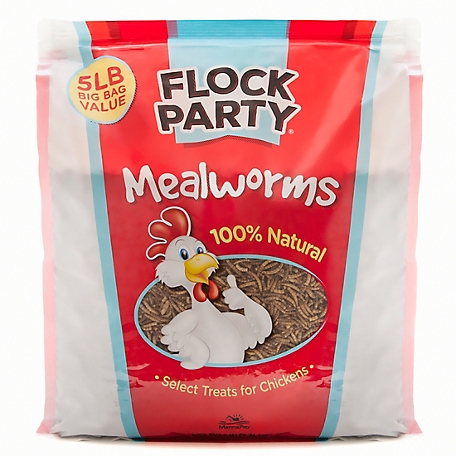


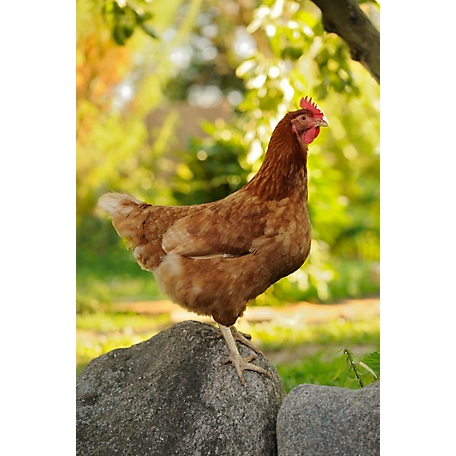
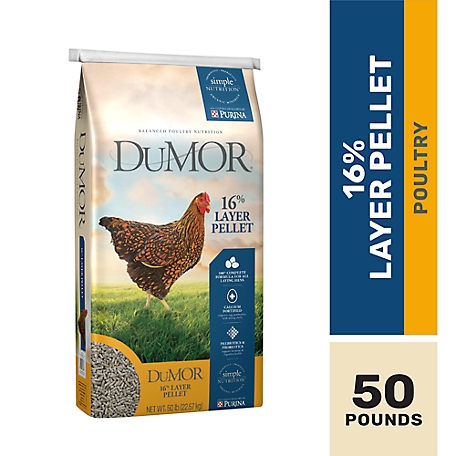
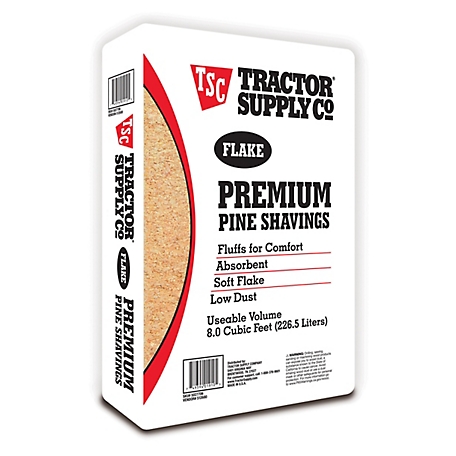
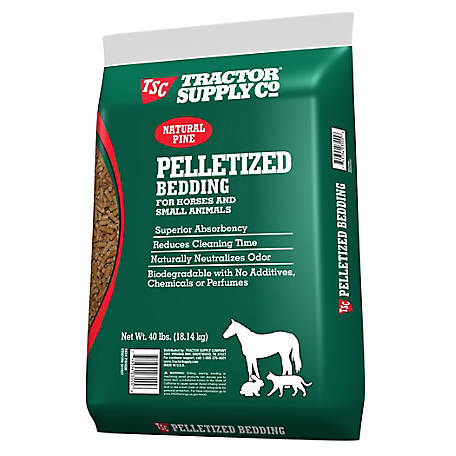

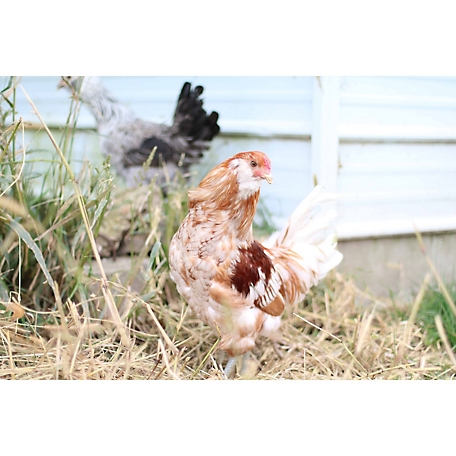
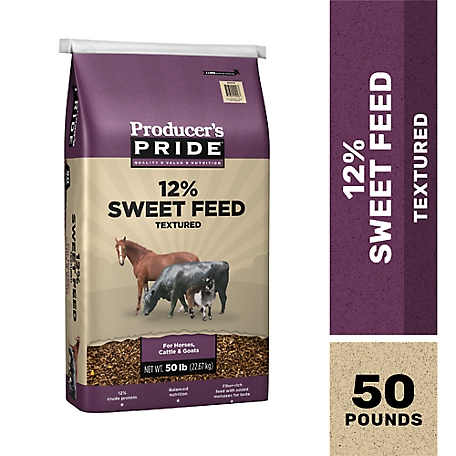
by Chris
The ducks love them!
by Jazz
My chickens LOVE these. Package is always very full and worth the money.
by Birdie
Bluebirds gobble these bugs. We have to fill the feeder up twice a day
by Luke
Our chickens love meal worms! The bigger bag is the way to go for sure.